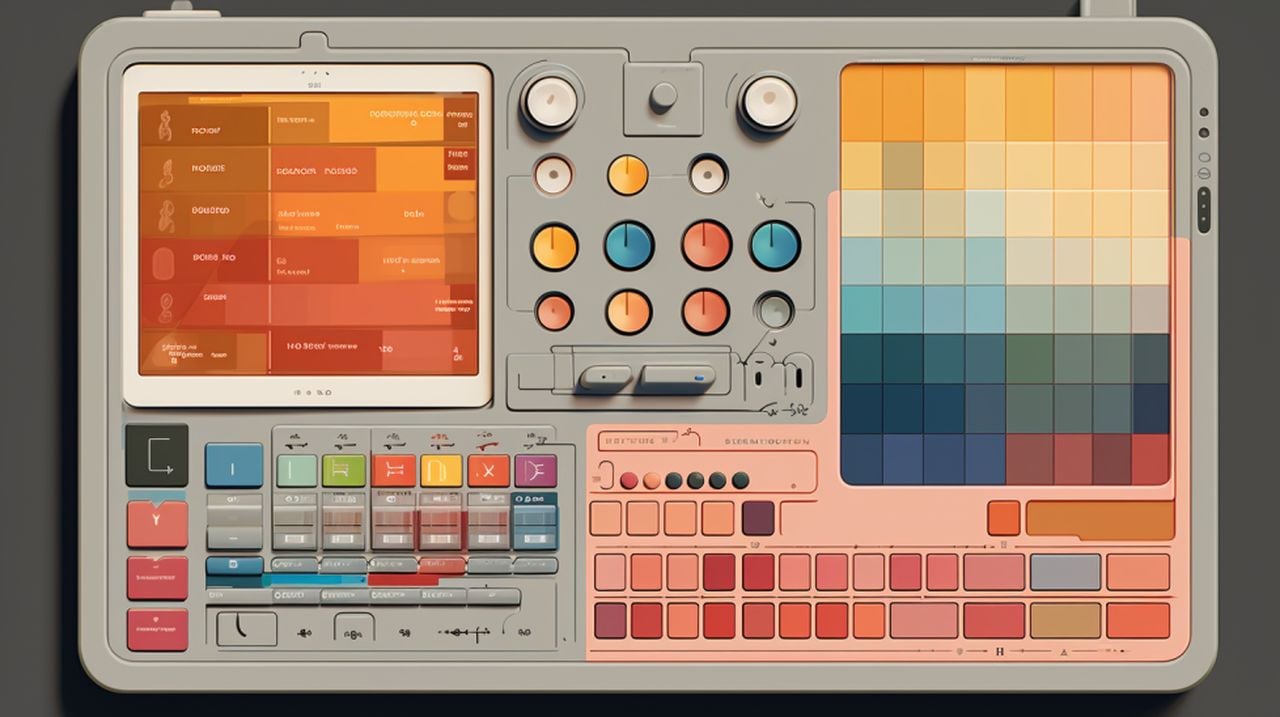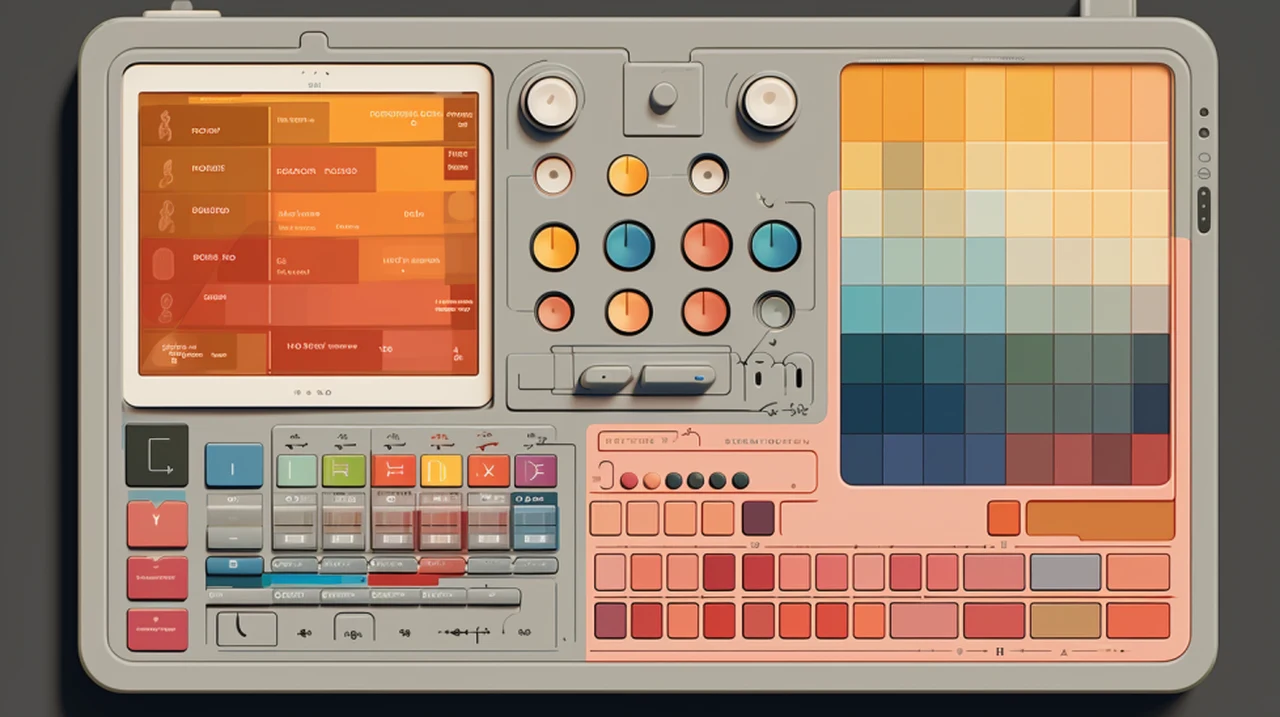[ad_1]
My shift had ended at seven, but Luna was calling about her Mozart-420.
“Not an emergency, Zan,” she said. “But I’d like you to see him. He’s changed.”
‘He’? The service records showed that her Mozart was way overdue. Even if they hadn’t, I would have driven to her house. It was Luna.
The Mozart, dressed in tuxedo, sat on the cube seat and played Für Elise on her grand piano, a Fazioli. Ancient, circa early 2000s, with its sky-blue finish and deep resonant sound, it floated a few feet above the floor.
“I just wanted you to hear how he’s sounding.” Pillows and a blanket were scattered on her couch, and the floor had a carpet of sheet music.
The Mozart’s silver fingers should have been flying over the keys, especially on this simple piece, but the notes landed heavily, and instead of the signature melancholy, it played with an upbeat flair.
“You’re lucky to have such an exquisite model. But the Mozart’s so unravelled … so cliché, playing that.” I told her.
“Thank you for the critique.” The Mozart’s voice was stiff and metallic. More than just tinkering would be needed here.
“But isn’t he more interesting like this?” Luna’s hair lay unbrushed, eyes hopeful.
“No.” The playing was way outside the parameters of good music.
“Some people’s tastes aren’t quite like yours, m’lady,” the Mozart said.
“The sarcasm needs adjusting too,” I said.
“Really.” The Mozart pushed its bench back with a screech. “He should turn me off. After playing like that —”
“It sounded lovely.” That was Luna, always indulgent.
“You have been a kind and constant admirer,” the Mozart said.
Disaster. It was displaying feelings towards her. “I’m sorry, Luna. There are responsibilities of ownership.”
“I was curious what he was like with different settings —”
“A fine-tuned Mozart-420 is a thing of beauty. Not a hurdy-gurdy spilling his guts. If one emotion gets thrown off-level, all the other emotions unravel, too. It’s dangerous and unattractive.” I told her.
Read more science fiction from Nature Futures
“What do you mean, dangerous?”
“Not like the Mozart would kill you, but — maybe a better word is … strange. No one wants to listen to this.”
“It’s not me, is it? Throwing him off?” Luna rested her hand on the Mozart’s shoulder, and it turned its head down towards her.
“They built the electric-anterior insular cortex, the empathy part of their brain, too big on these models. And empathy does quite a number on the fine-tuning and consequent musicality,” I said.
“Is everything alright?” The Mozart held eye contact with her for too long. Embarrassingly so.
“Yes. Zan’s trustworthy,” she said.
I searched for the e-6 and e-12 drivers in the upgrade folder of the control tablet. Three taps: Alt, Enter, *420!
Luna averted her eyes as the Mozart sank to the floor.
I examined the settings. “This Mozart will be ready for the Opera House when I’m done.”
The audio input and output in the hypothalamic-12 region of the brain-β board were first. Next, the physical adjustments to the fingers and joints. Then, the ten-scale emotion levels. Anger, to two — otherwise it would be a useless lump. Shame, required to keep it sharp and learning from its mistakes, level seven. Sadness, eight, its soulful music needed that — higher, and the Mozart would become needy. Fear was at a six. Good for respect. Happiness also six. Finally, love. It was set to …
“Luna?”
“Yes.”
“Love is never set to ten!”
“Please don’t change that.”
“It’s going to walk around spouting sappy poems all day. Playing songs about you …”
Distress was splotched all over her face. “Zan, please don’t.”
“Love’s going down to one.”
And sadness, fear and shame were getting jacked up to a ten. Für Elise, deleted from the memory. REBOOT.
The Mozart opened its eyes, raising itself. “Good afternoon, Sir and Miss Luna. I’m afraid my playing won’t be adequate today.” It shuffled to the bench, raising its arms, before letting them fall dramatically for the opening of Requiem.
Serious. Heavy, perfectly timed. But Luna looked sad. Way too sad.
“Please turn him back.” Her voice broke.
The Mozart’s hands hovered over the keys. “I’ve disappointed you. I’m sorry.” It began banging the keys like a jackhammer.
“Please,” Luna said. “He’ll break.”
“I’m worthless …” The Mozart’s words slowed as I powered off, and it slumped down again.
“There’s beauty in unravelling, Zan. Maybe you should turn down my loneliness to one.”
This was my in. Possibly. “It wouldn’t be my place to make suggestions. Only …”
A flash of brightness crossed her eyes. “Make a suggestion. Go ahead.”
“You could try tidying up,” I said, glancing around. “Always a start to feeling better.”
“Just set him back.” She slipped me a thousand-dollar bill. “It’s how I need him to be.”
I didn’t take her money. “Against my better judgement …” I clicked RESUME PREVIOUS SETTINGS.
“He’ll be a useless machine.” A clunky, love-drunk sort of sound came from the piano. Für Elise was back.
Luna let out a sigh. “My place is kind of messy, I suppose.”
“And your hair —”
“My hair?”
She wove her finger absently around a strand.
It would look so nice brushed.
From the piano bench, the Mozart’s voice rasped: “Hair like wind-tousled honey grass in autumn.”
Her eyes softened.
“I can say that stuff, too,” I said.
“What would you say, then?”
“Just something off the top of my head — autumn and leaves and colours — and all that beautiful jazz. There.”
“Inspirational, Sir.” The Mozart added a bit of melodic improv before beginning a spirited Vivaldi’s Autumn.
“Luna? What do you say about us?” I asked.
“Maybe … if we could adjust some settings.”
[ad_2]
Source Article Link




